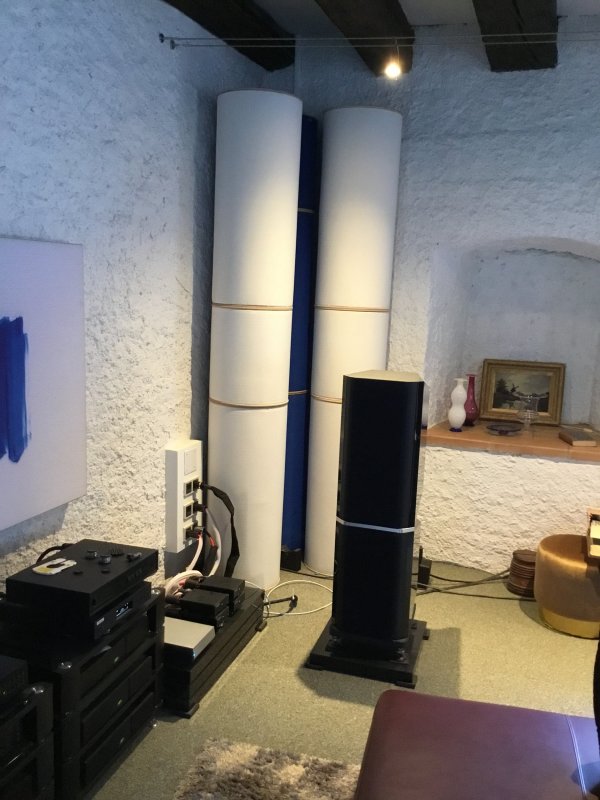Since it’s a dedicated room, I can shift the speakers to the left a couple of feet, which should mitigate any issues with the right corner, though I will still add a bass traps there.
I’m hoping to keep the speakers at least two feet off the wall, but still need to experiment.
I’m hoping to keep the speakers at least two feet off the wall, but still need to experiment.





